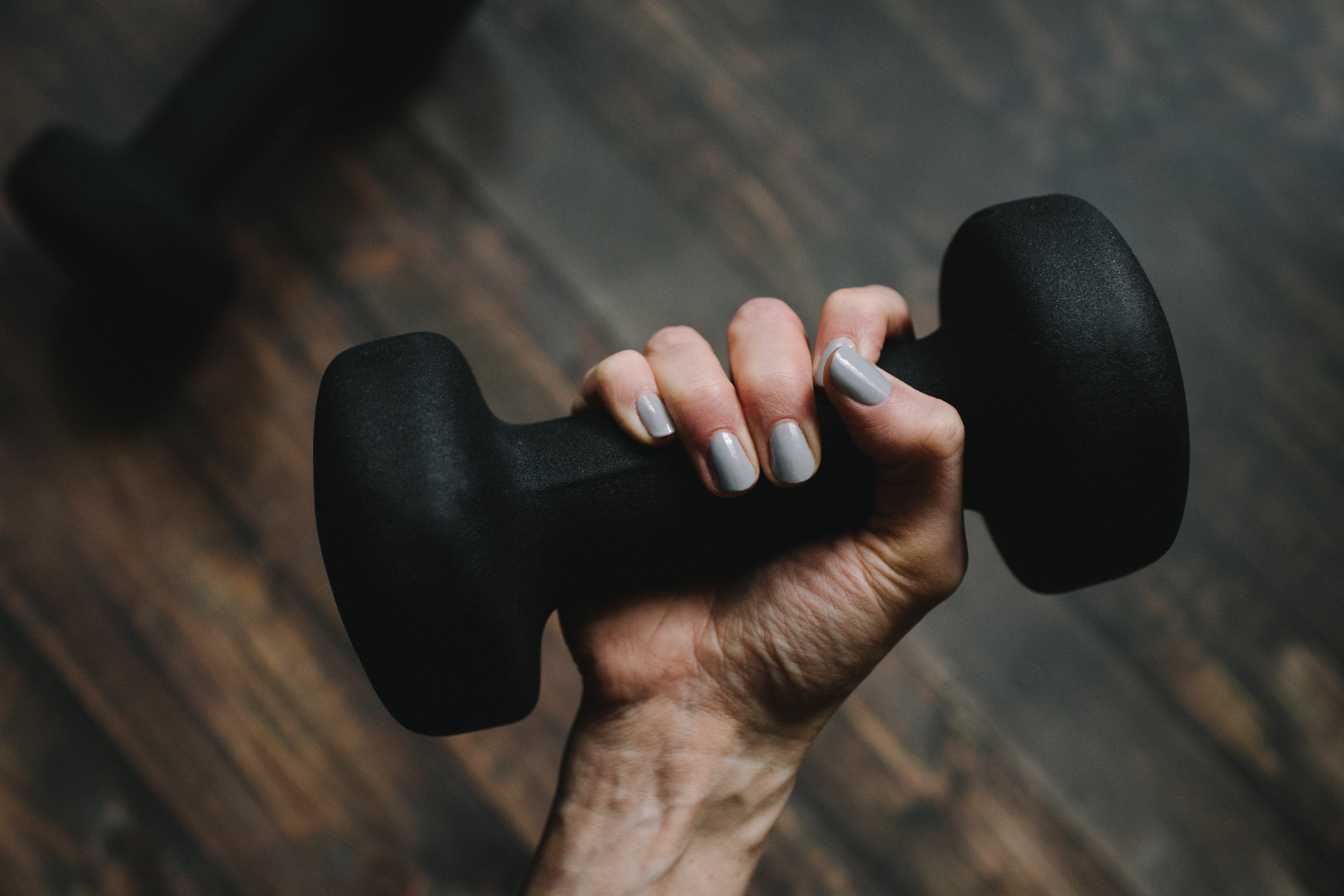When I first started lifting weights, I had no idea how to choose the proper dumbbell weight. I just grabbed the heaviest pair of dumbbells and started lifting. Because of this, my progress was slow and sporadic at best. Then one day a former football player explained to me what he did when he started lifting weights and why it worked so well for him. Since then, I’ve followed his advice and made much faster progress with my workouts. Now that you have access to this information as well, here are some tips on how to choose the proper dumbbell weight:
Start with a light dumbbell weight.
When you’re just starting out, it’s important to choose a weight that you can lift with proper form. If you’re using too heavy of a dumbbell, it will be difficult for you to maintain proper posture and technique.
It’s also important not to start too light on purpose; this could lead to bad habits such as swinging the weights around or trying to lift more than what is possible at that moment in time. A good rule of thumb is: if it feels like too much work just getting up off the ground after your set, then chances are that particular weight isn’t right for you yet!
Add weight slowly.
When you’re just starting out, it’s best to start with a light weight. This will allow you to get used to the movement and prevent soreness or injury.
If you find yourself able to do more than 12 repetitions with a certain weight, it’s time to add some more! Try adding five pounds at a time until you reach your desired level of difficulty. Remember: There’s no such thing as too much (or too little) weight when it comes to dumbbells–you can always add more later if needed, but there’s no way of taking off extra pounds after they’ve been added in the first place!
It’s better to lift lighter weights more times than heavier weights fewer times.
When you’re just starting out, it’s better to lift lighter weights more times than heavier weights fewer times. This will help you develop your form and build muscle strength without causing injury or burning out your muscles too quickly. As with any exercise program, there are numerous factors that can affect how much weight you should be lifting:
- Your fitness level–If this is your first time working out in years (or ever), start off with smaller dumbbells until you get used to the motion of lifting them properly.
- Your age–As we get older, our bodies become less flexible and more prone to injury; therefore it’s best not overdo it at first by using heavy weights right away! It also takes longer for older people’s muscles recover after being worked out which means less rest time between sets/repetitions so if possible try increasing intensity slowly over time instead of jumping right into something challenging like heavy squats every day after work.
Work your way up to the heaviest dumbbell weight you can comfortably lift.
When you’re just starting out, it’s important to choose a light weight and work your way up to the heaviest dumbbell weight you can comfortably lift. If your goal is to develop strength and muscle mass, then this is a good place to start.
If you have never lifted weights before or haven’t done so in years, start with a lighter dumbbell weight than what would be considered “heavy” by most standards. Remember that choosing an appropriate weight for yourself means finding something heavy enough that allows for good form but light enough so as not to cause injury or strain on any part of your body (especially important if you have injuries).
Don’t lift more than you can handle safely and effectively.
If you’re not sure how much weight to use, start with a lighter weight and work your way up. You can always increase the dumbbells later if you need to.
- Don’t lift more than you can safely lift or effectively lift. It’s better for your body if you choose a weight that feels challenging but not impossible–and then work within that range over time instead of trying for one big lift and failing repeatedly at it, which could lead to injury or strain on muscles or tendons in the shoulders and arms.
Choose a weight that challenges you while still being manageable.
When choosing a dumbbell weight, it’s important to remember that you should choose a weight that challenges you while still being manageable. If you are new to weight training, start with light weights and work your way up. If you are experienced, but haven’t been in the gym for some time, then heavier weights might be right for you.
If you can lift a weight 10 times without issue, it’s probably too easy–and this could lead to muscle wasting if not enough tension is being placed on the muscle during each rep.
The key to choosing a dumbbell weight is finding one that challenges you while still being manageable. If you’re just starting out, start with a light dumbbell weight and work your way up as you get stronger. You can also use these tips for choosing the proper weight when working out with other equipment like barbells or kettlebells!
Want to reach your fitness goals?
FitWorld provides a free to use online fitness journal. Record your cardio, strength and flexibility training and smash those fitness tragets!
Sign up now
